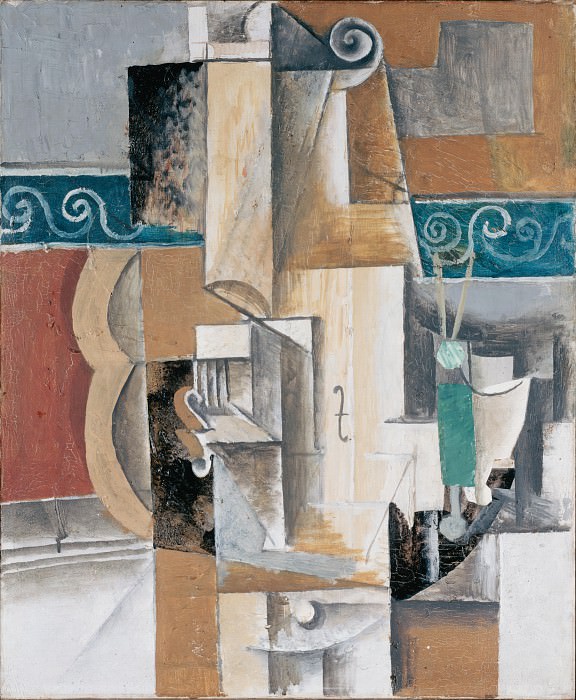Ruth Asawa: The Sculptor of Dreams
Ruth Asawa, a name that resonates within the realms of art and sculpture, is renowned for her intricate wire sculptures that embody the delicate balance between nature and abstraction. Born in 1926 in Norwalk, California, to Japanese immigrant parents, Asawa’s life and work were deeply influenced by her heritage, her experiences during World War II, and her exposure to various artistic traditions and techniques. Her sculptures, often described as ethereal and otherworldly, have left an indelible mark on the art world, inspiring generations of artists and admirers alike.
Early Life and Artistic Beginnings
Asawa’s early life was marked by hardship and resilience. Growing up during a time of intense racial prejudice, her family’s life was disrupted when they were forcibly relocated to internment camps during World War II. This experience of displacement and confinement left a profound impact on Asawa, shaping her worldview and artistic expression. Despite the adversity, she found solace in art, drawing inspiration from the natural world and the beauty she observed around her.
After the war, Asawa pursued her passion for art at Black Mountain College, an experimental school in North Carolina known for its progressive approach to education and its influential faculty, which included Josef Albers, Anni Albers, and Buckminster Fuller. It was at Black Mountain College that Asawa honed her artistic skills, experimenting with various materials and techniques that would later define her unique style. Under the mentorship of Josef Albers, she developed a deep appreciation for the interplay of form, light, and space, concepts that would become central to her work.
The Evolution of Asawa’s Wire Sculptures
Ruth Asawa’s wire sculptures are perhaps her most iconic and celebrated works. These sculptures, often resembling organic forms such as flowers, seeds, and shells, are created by weaving and twisting wire into intricate, lace-like patterns. The use of wire, a material traditionally associated with industrial purposes, was revolutionary in the way Asawa manipulated it to create delicate and airy structures that seem to defy gravity. Her sculptures challenge the conventional boundaries of art, blurring the lines between craft, fine art, and architecture.
Asawa’s choice of wire as her primary medium was influenced by her travels to Mexico in the late 1940s, where she observed local craftsmen creating baskets from wire. Fascinated by the versatility and flexibility of the material, she began experimenting with wire, discovering its potential to create complex, three-dimensional forms. Her early works were inspired by natural motifs, with each sculpture embodying a sense of movement and fluidity, as if the forms were alive and in constant motion.
The Language of Line and Space
One of the most striking aspects of Asawa’s sculptures is her ability to convey a sense of volume and depth using only lines and open spaces. Her wire sculptures, often suspended from the ceiling, cast intricate shadows on the walls, creating a dynamic interplay between light and shadow. This interaction adds another layer of complexity to her work, as the sculptures seem to change form depending on the viewer’s perspective and the lighting conditions. In this way, Asawa’s work transcends the physical boundaries of the sculptures themselves, extending into the surrounding space and engaging the viewer in a multi-sensory experience.
Asawa’s work is often described as having a meditative quality, inviting viewers to slow down and contemplate the subtle nuances of each piece. The repetitive nature of her wire weaving process, combined with the organic forms she creates, imbues her work with a sense of harmony and tranquility. Her sculptures are a testament to the power of simplicity, where the beauty lies in the delicate balance between the seen and the unseen, the solid and the void.
Ruth Asawa’s Legacy and Influence
Ruth Asawa’s contributions to the art world extend far beyond her sculptures. As an educator, she was passionate about the importance of arts education and its role in fostering creativity and critical thinking in young people. She believed that art was not just a subject to be taught in schools, but a vital part of human development and expression. In 1982, she co-founded the San Francisco School of the Arts, a public high school dedicated to the arts, which was later renamed the Ruth Asawa San Francisco School of the Arts in her honor.
Asawa’s influence can be seen in the works of contemporary artists who continue to explore the possibilities of unconventional materials and techniques. Her pioneering use of wire and her commitment to integrating art into everyday life have inspired a new generation of artists to challenge the traditional boundaries of art and to find beauty in the simplest of forms.
In recent years, there has been a resurgence of interest in Asawa’s work, with major exhibitions and retrospectives held at prestigious institutions such as the de Young Museum in San Francisco and the Whitney Museum of American Art in New York. These exhibitions have brought her work to the attention of a broader audience, solidifying her place in the canon of modern art. Asawa’s work has also gained recognition in the art market, with her sculptures commanding high prices at auctions, a testament to their enduring appeal and significance.
Conclusion: The Timeless Art of Ruth Asawa
Ruth Asawa’s art is a celebration of the beauty found in the natural world and the simplicity of form. Her wire sculptures, with their intricate patterns and delicate structures, are a reflection of her deep connection to nature and her belief in the power of art to transcend boundaries and bring people together. Asawa’s work continues to captivate and inspire, reminding us of the importance of creativity, resilience, and the pursuit of beauty in all its forms. Her legacy as an artist and educator will continue to influence future generations, ensuring that her vision and spirit live on in the world of art.




